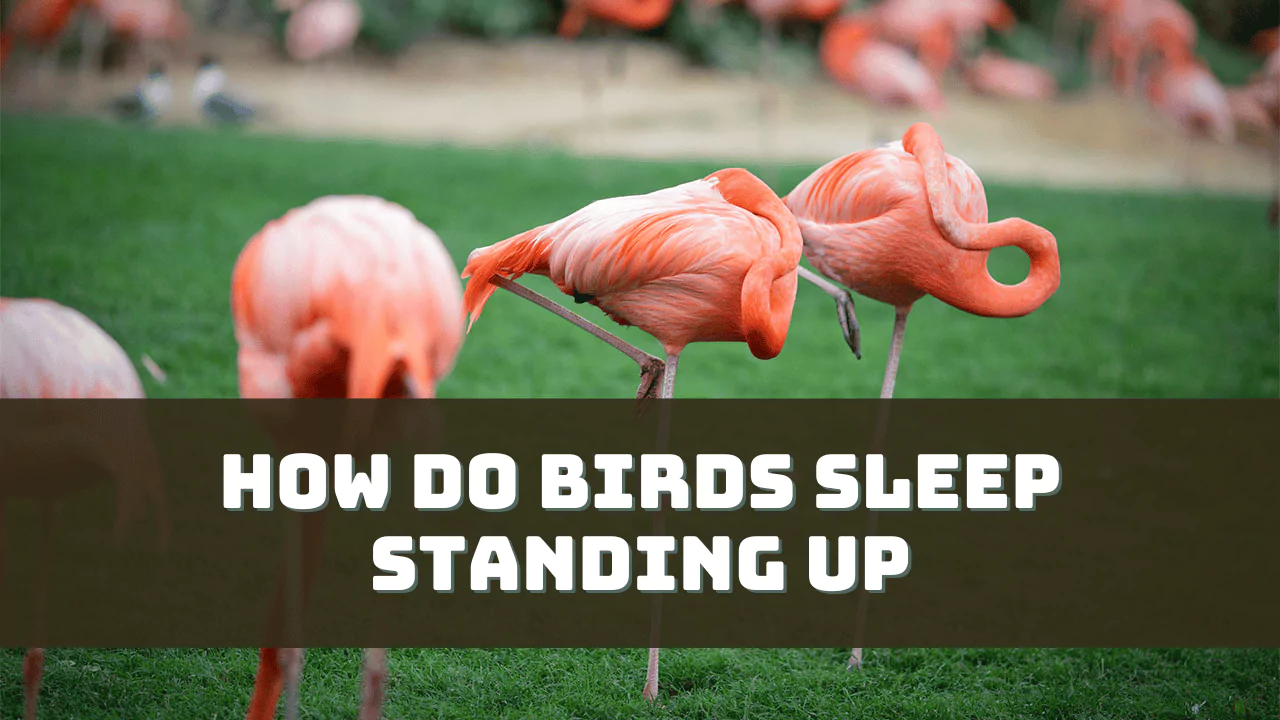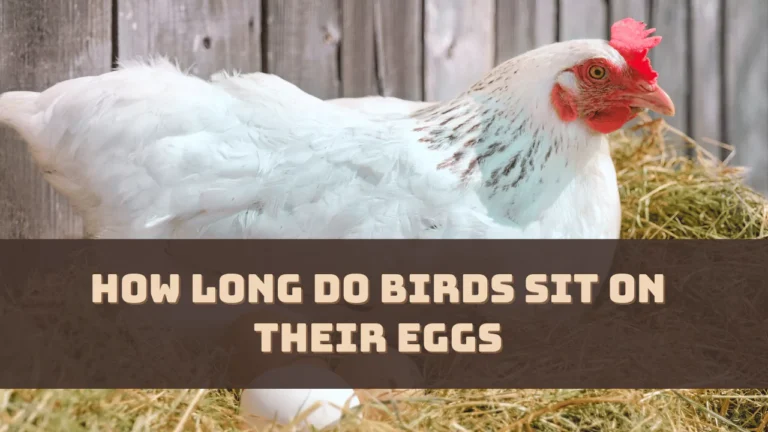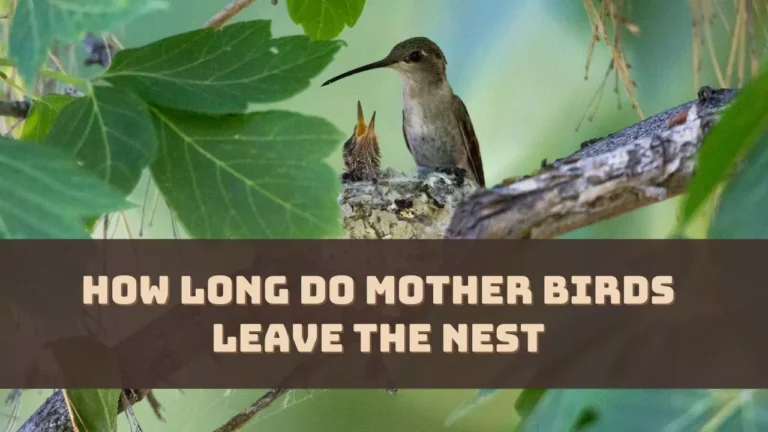You can see birds standing up or perching or clinging to the bark while sleeping. The basic question arises – Won’t they fall?
No, based on research reports it has been concluded that birds allow only one side of the brain to fall asleep while the other side remains awake. This phenomenon helps the birds to sleep while standing up.
Where do Birds Sleep?
Birds are found to be sleeping in places where there is less risk or no potential threats or predators nearby. They can be seen in chimneys. tree cavities, unoccupied birdhouses, tree branches, etc. Every night birds go back to their habitat to sleep. Moreover, birds do not always build nests to sleep, they are made for the purpose of incubating eggs and raising young ones.
How do Birds Sleep?
Based on the species of birds, they can be either standing up and sleeping, lying down while sleeping, or floating on water. You can also see them upside down while asleep. Some birds can even sense whether any predator is nearby while they are sleeping.
The science behind this activity is – that when a bird sleeps, they puff their feathers and cover their entire body which keeps the body temperature balanced and does not feel cold and also protects them against other weather changes. They also turn their head around and tuck their beaks into back feathers while sleeping. Some birds even pull one leg inwards near the belly while they are falling asleep. Often, birds also use bushes and foliage as a cover while they are sleeping and this protects them from predators as well.
What is Nocturnal Torpor Condition?
Some birds go through the Nocturnal Torpor condition, e.g. hummingbirds, where the body temperature of the bird reduces and it is a state of energy conservation. This helps the bird to stay warm and survive. Some of the bird species are also seen to gather in flocks and share their body heat while they sleep.
How Birds Sleep While Standing?
Birds can sleep standing up due to a unique adaptation in their anatomy, particularly observed in parrots. These avian creatures possess a specialized locking mechanism in their legs, enabling them to securely perch while sleeping without the need to actively grip the perch. This adaptation serves a dual purpose, allowing them to rest while staying vigilant against potential predators.
Parrots, among other perching birds, employ a tendon-driven mechanism in their ankles that automatically causes their toes to clench, ensuring a secure position during sleep. This is a fascinating aspect of bird physiology that facilitates their ability to maintain a standing posture while catching some much-needed rest.
What is Unihemispheric Slow-Wave Sleep?
Birds who sleep with half of their brain awake are known as unihemispheric slow-wave sleep (USWS). This helps the bird to stay alert even if it is sleeping and they have the ability to control this activity. Birds can adjust how much of their brain will be asleep and how wide open their eyes will be or how close.
The best examples are ducks and waterfowl and they can make behavioral decisions whether they would allow one half of the brain to stay awake or allow both halves to sleep. They also sleep in flocks and the ones at the end of the rows have more active brains when compared to the ones in the middle. These ducks help to alert the rest in case of threat or potential danger.
How Long Can a Bird Sleep?
Birds are always on alert so they do not sleep from dusk to dawn, thus it gets difficult to calculate how long a bird sleeps. However, if the bird is nocturnal, then they are seen sleeping during the day and staying awake through the night. On the other hand, other birds sleep at night. You can also see birds that are not nocturnal sleeping during the day and this is due to unfavorable weather conditions or illness, where they need to conserve energy.
Can a Bird Sleep with One Eye Open?
Yes, there are exceptions, where it has been seen that birds are sleeping with one eye open, for example, ducks. However, usually, birds tuck their head in their feathers and sleep with both eyes closed. Sleeping with one eye open is again a part of the phenomenon of unihemispheric slow-wave sleep (USWS). This helps them to stay alert during approaching danger. Thus, a bird can take a rest and respond to danger at the same time. For example, waterfowl can feel the vibration of the approaching predator while asleep in the water.
Do Birds Sleep While Flying?
Yes, a bird can sleep while flying. However, this is not a common scenario. This activity is triggered by the USWS phenomenon and is mostly seen among migratory birds who fly long distances without any halt or getting time to perch and sleep. This brain activity also helps the birds to stay alert from potential predators while they are flying.
How do Birds Sleep on One Leg?
There is a tendon on their heels which gets tightened when the bird presses down its weight and this forces the toes to close and they form a very tight grip while holding the twig. So, as long the bird is pressing its weight down, the perching position remains secured and locked, even throughout the night. This activity helps the bird to sleep on one leg. Also, sleeping on one leg helps to minimize heat and also the ones with short legs can put down their warm belly against their feet to keep them warm.




